APEC Summit 2025: Does Any Importance Remain in a Modern Broken World Order?
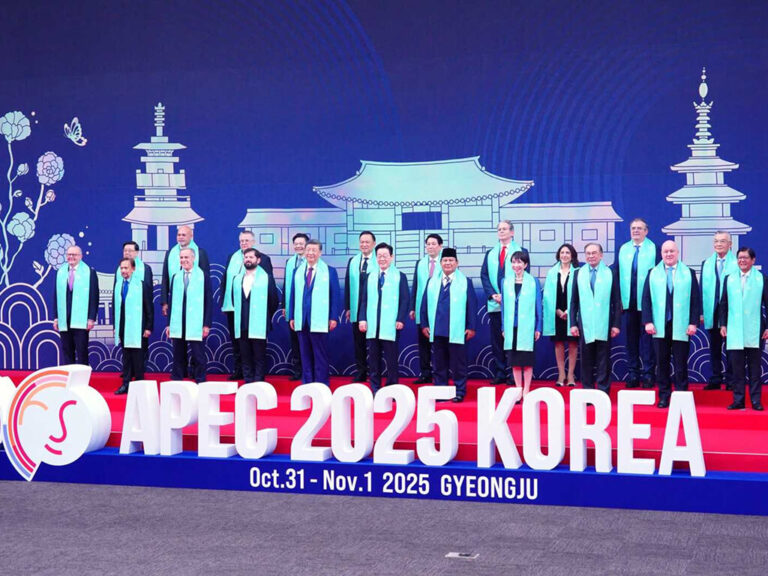
APEC 2025 in South Korea highlighted fractures in global cooperation as the U.S. stepped back and China asserted its growing influence.

APEC 2025 in South Korea highlighted fractures in global cooperation as the U.S. stepped back and China asserted its growing influence.
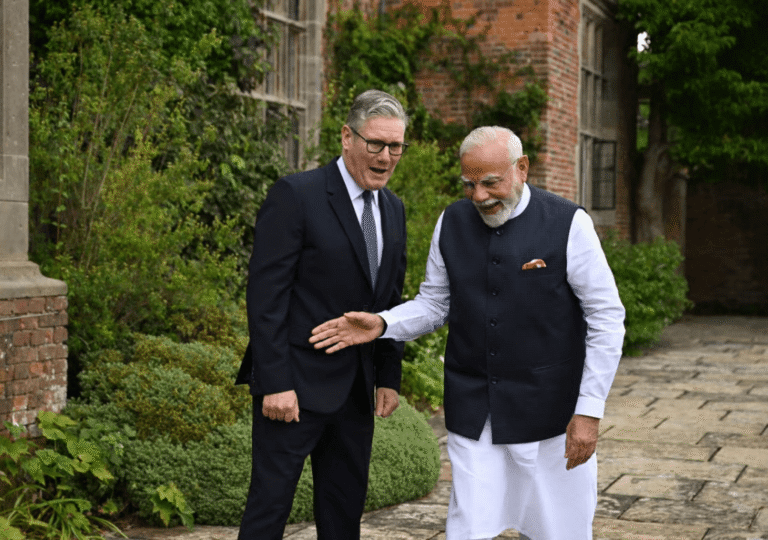
The UK India Trade Agreement 2025 has finally been signed. Explore the key terms of the deal, its impact, and who stands to benefit most.

Discover how the US–Japan trade deal affects Japan’s economy, auto industry, and agriculture. Key takeaways on tariffs, exports, and political implications.

While Syria strengthens its international standing, the unresolved Syrian conflict at home - marked by sectarian strife and political distrust - continues to threaten lasting peace.

Explore the aftermath of the Israel–Iran war, its regional consequences, and the rising tensions that could lead to renewed conflict. Is a second round on the horizon?
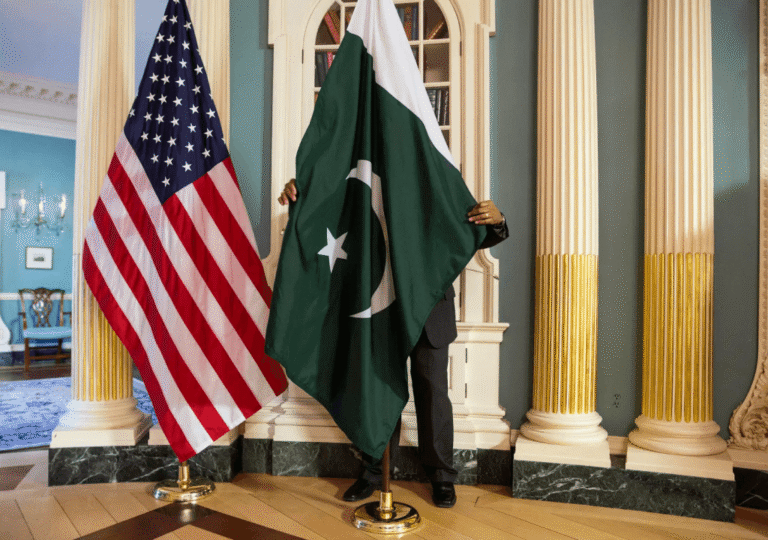
The United States is quietly rebuilding its relationship with Pakistan. From geopolitical shifts to regional security, discover why Washington sees new value in mending ties with Islamabad.
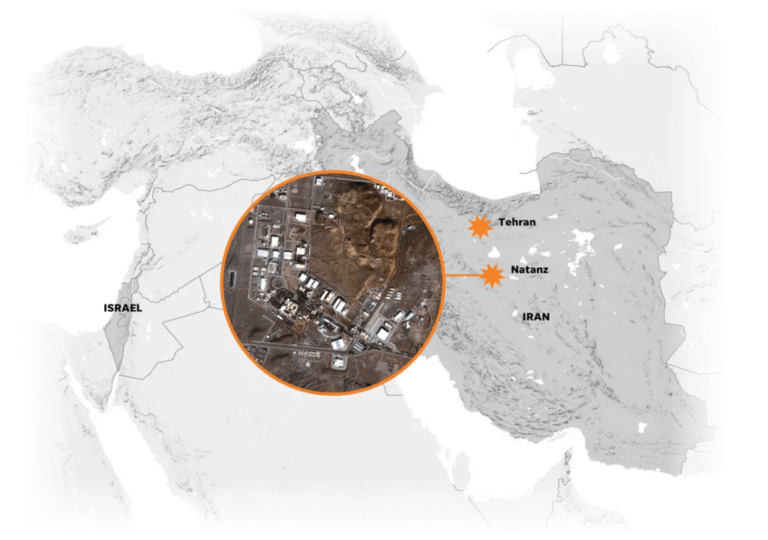
Tensions between Israel and Iran have reached a critical point after recent airstrikes and threats of retaliation. Is a full-scale war inevitable? Explore the unfolding conflict and what may come next.

India and Canada are cautiously working to restore diplomatic ties after years of strain during Justin Trudeau’s leadership. With new leadership in Ottawa, both nations signal a fresh start through high-level engagement and dialogue.

Brazil and China are deepening their bilateral ties, with growing trade, diplomatic cooperation, and shared ambitions in the Global South.
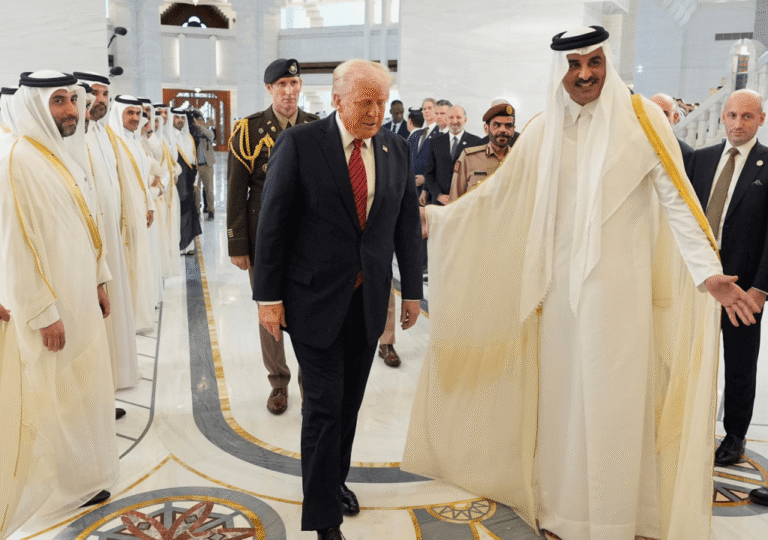
Donald Trump deepens U.S. relations with wealthy Gulf nations through high-profile arms and tech deals, positioning Saudi Arabia, the UAE, and Qatar as key strategic partners.